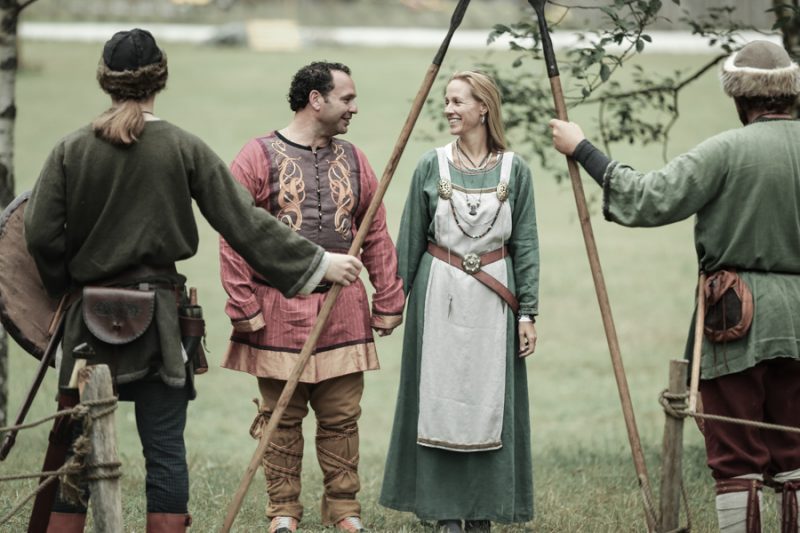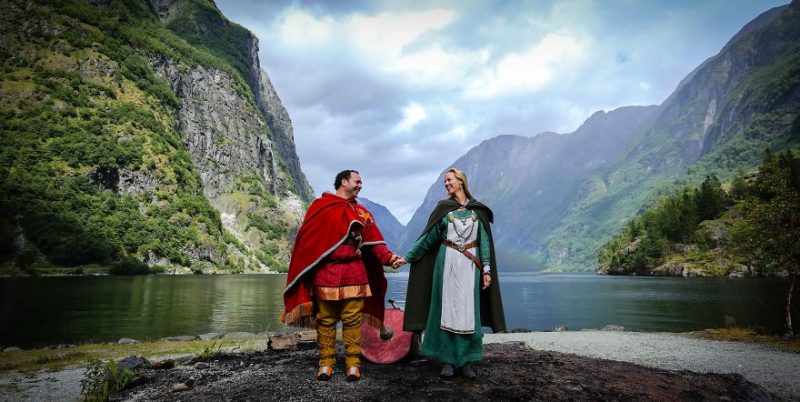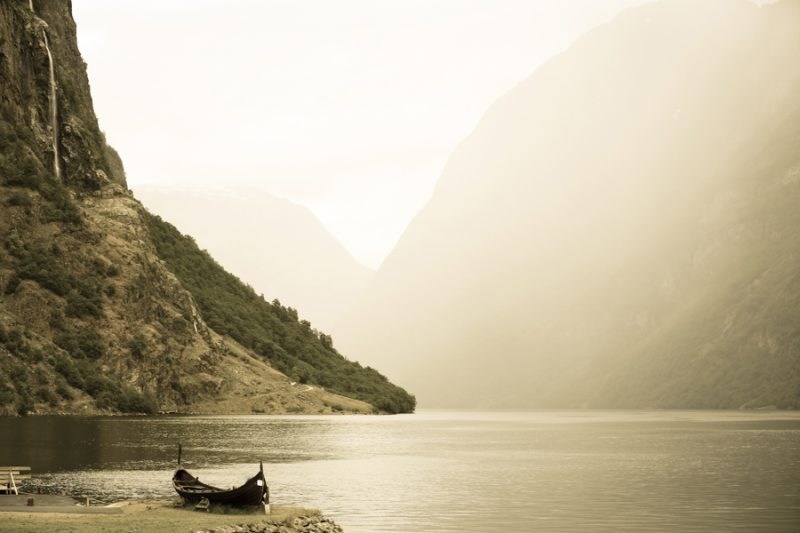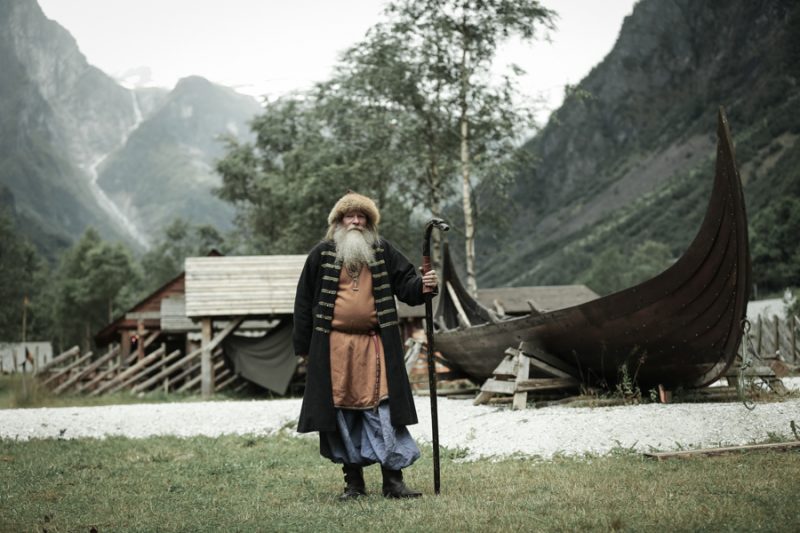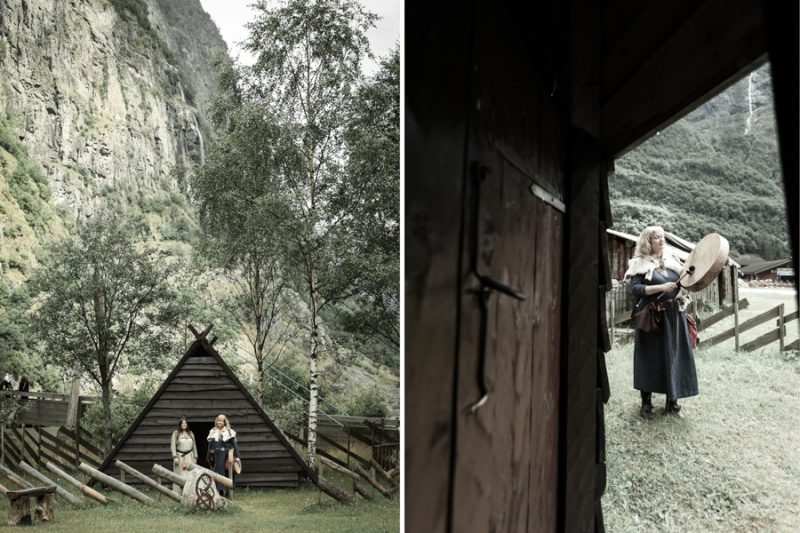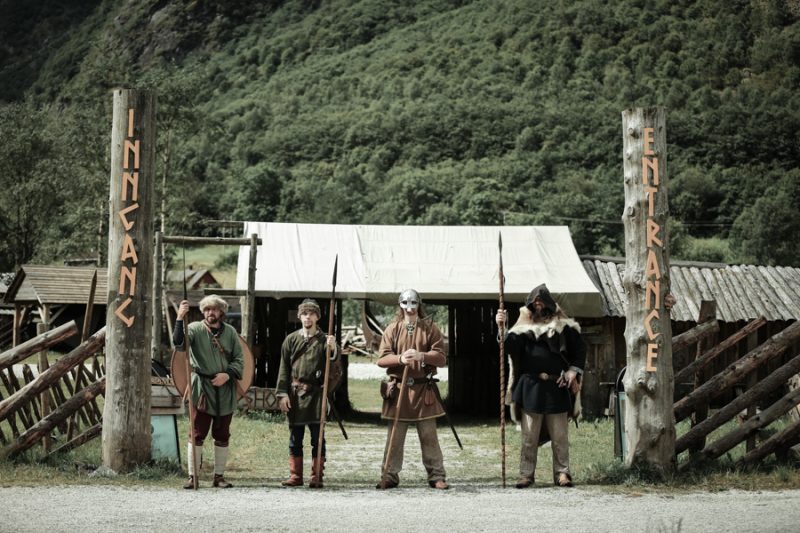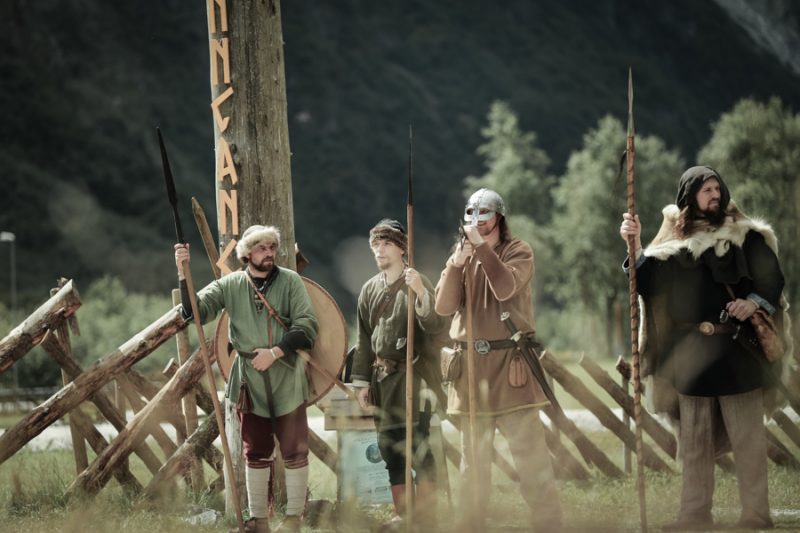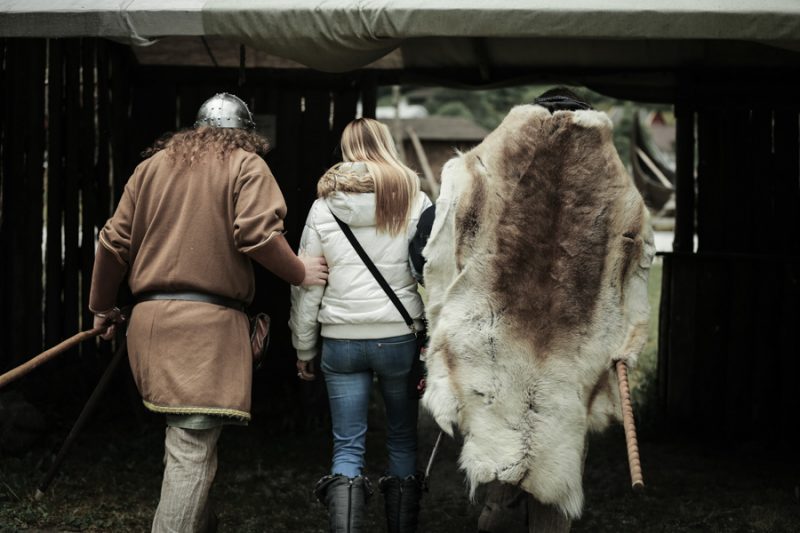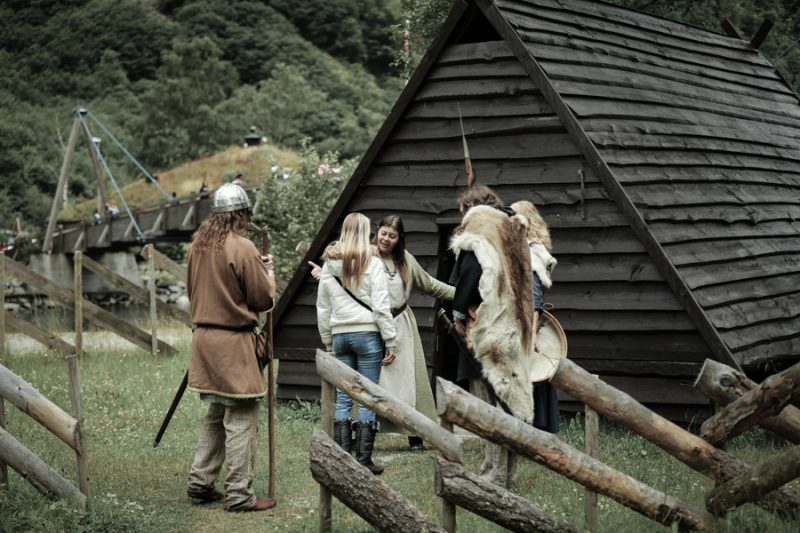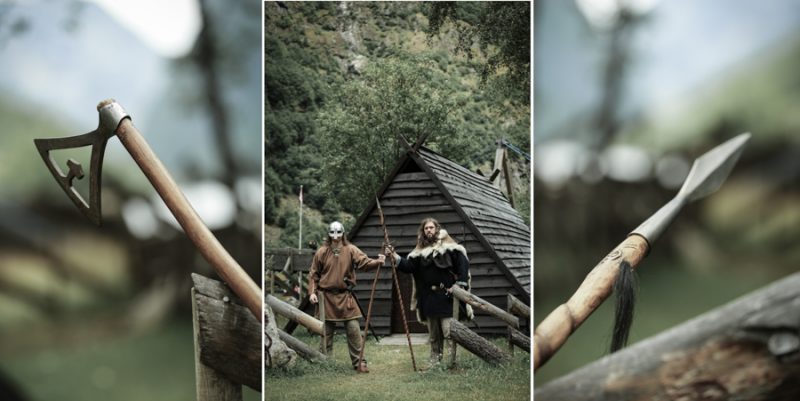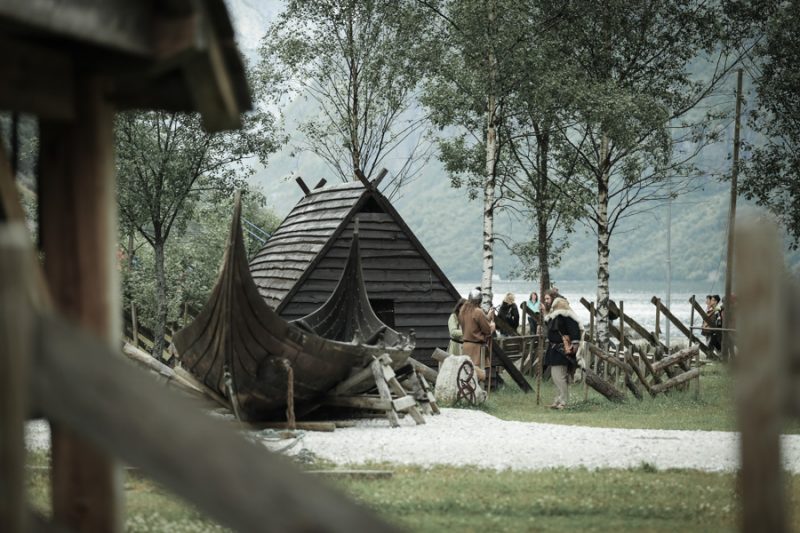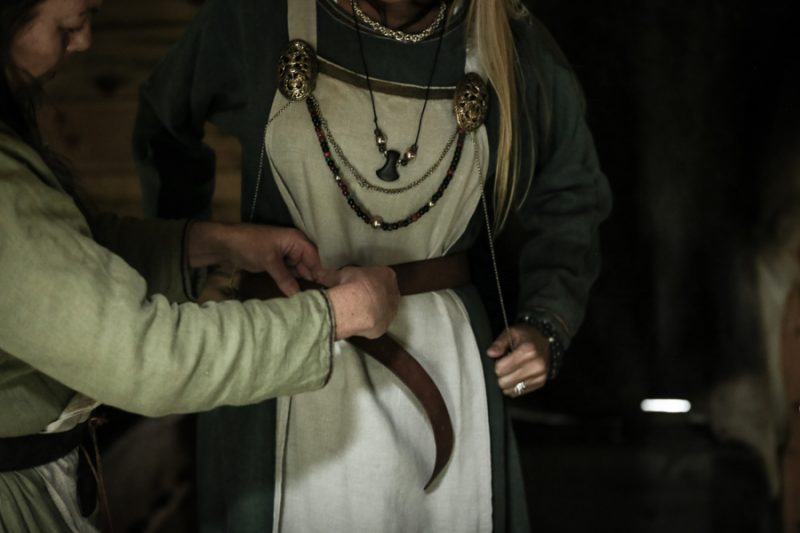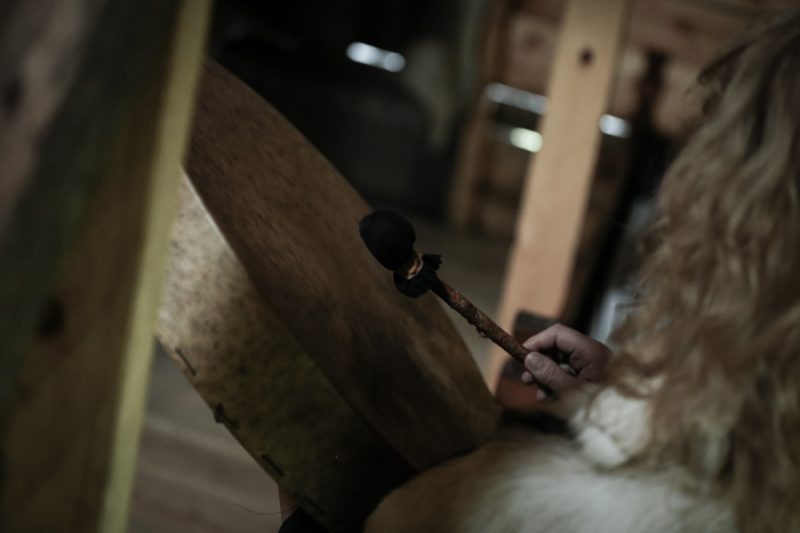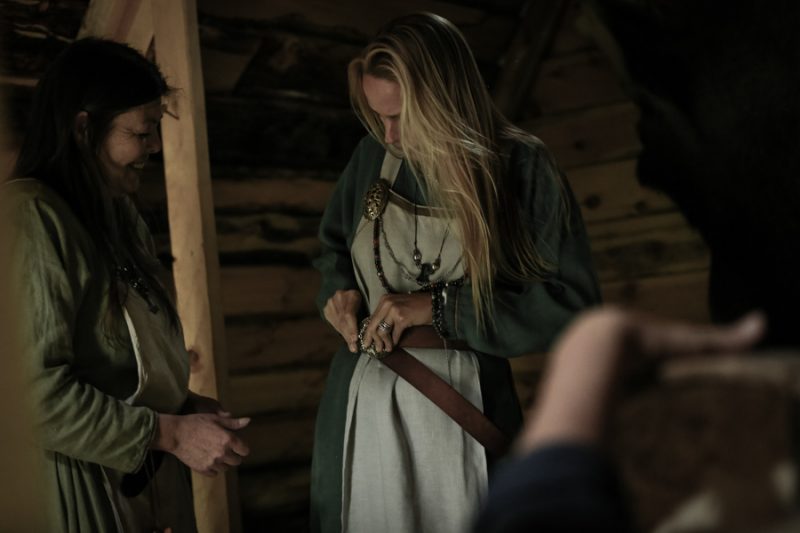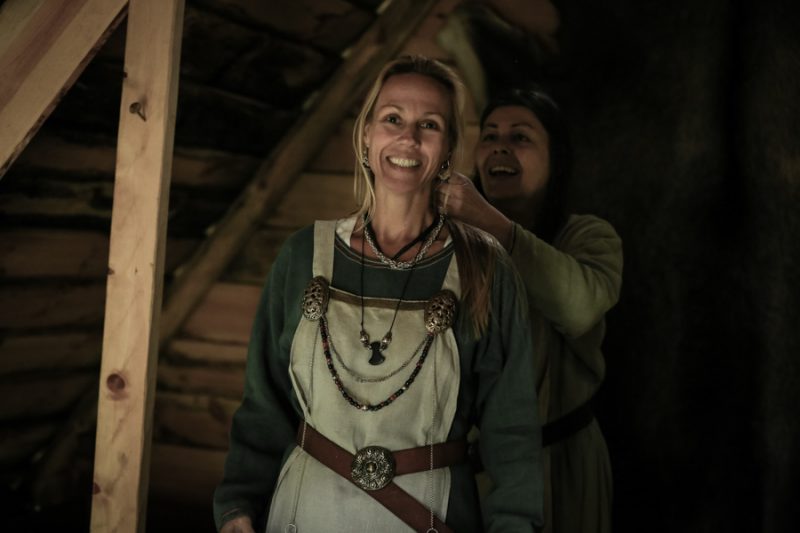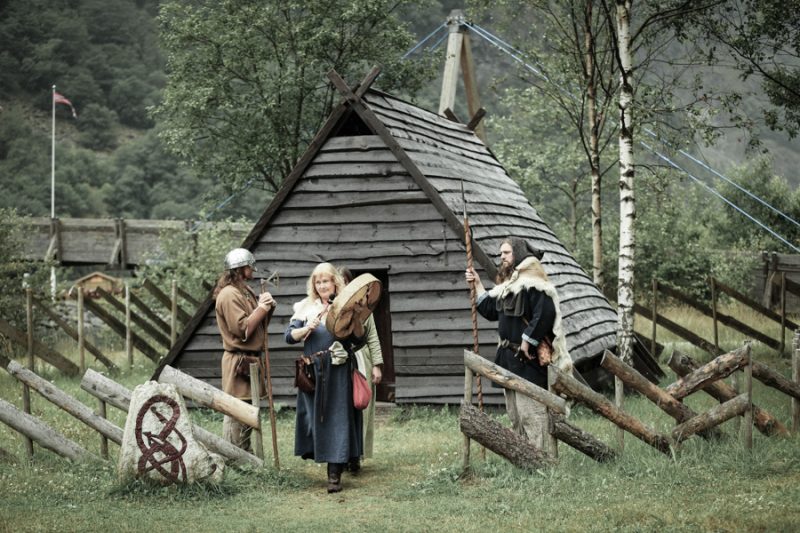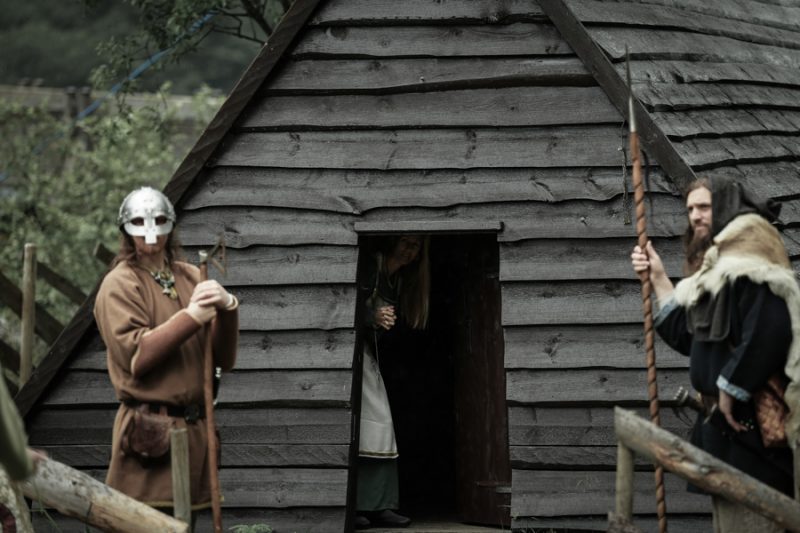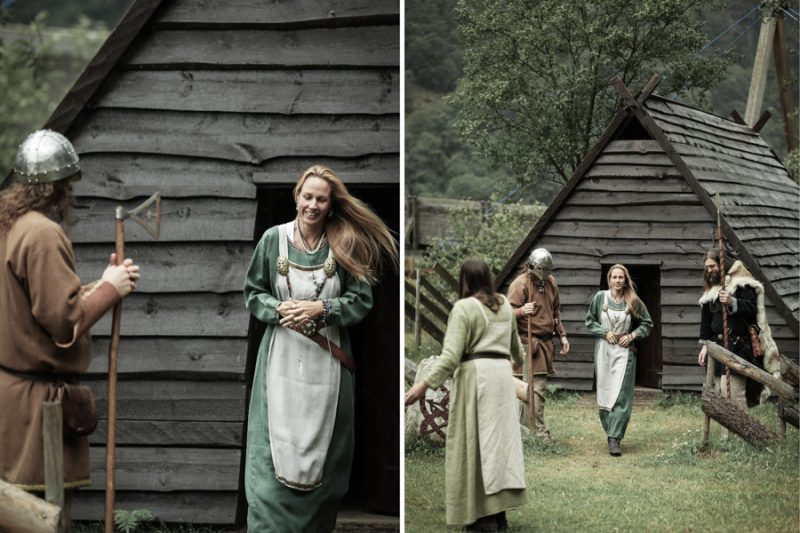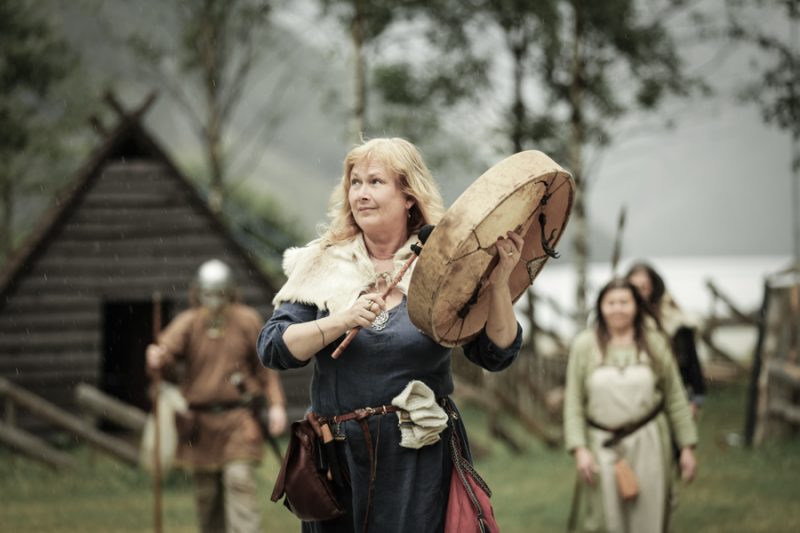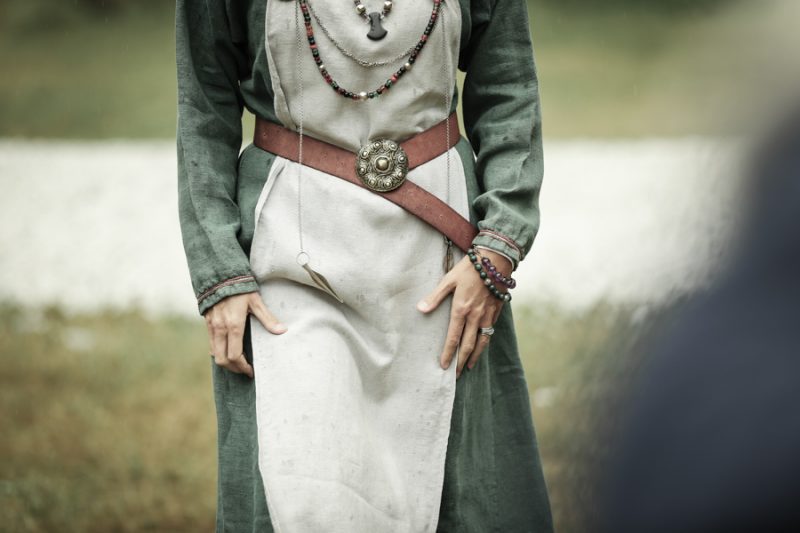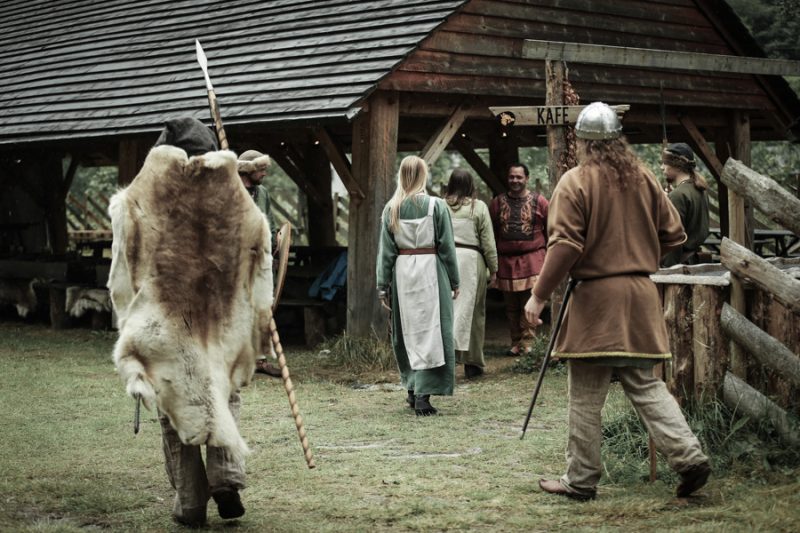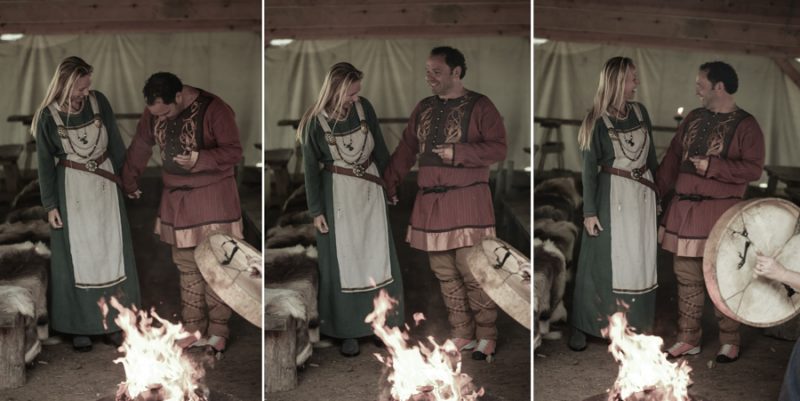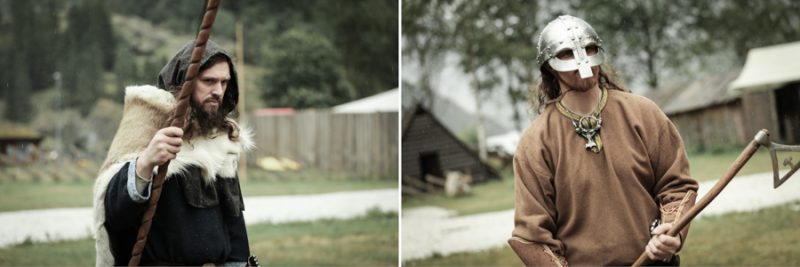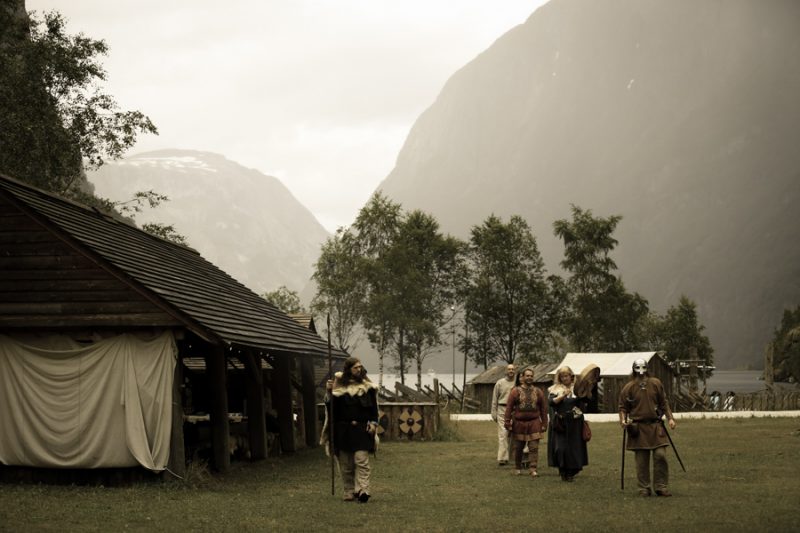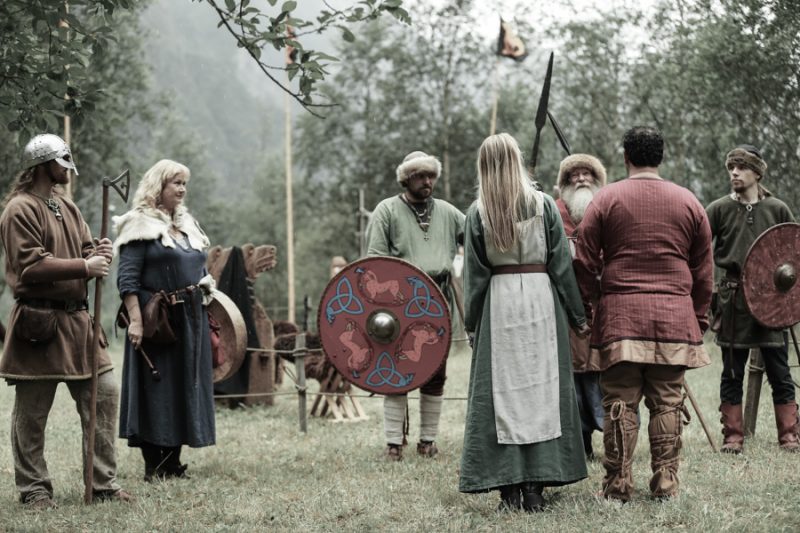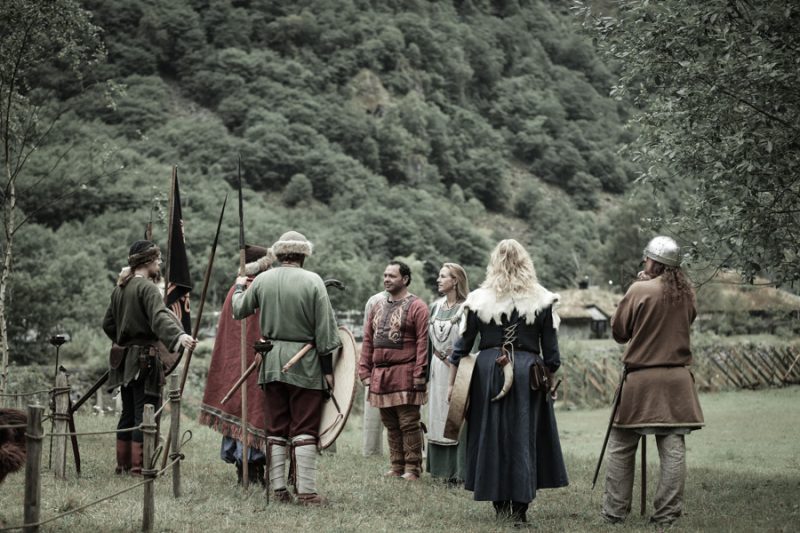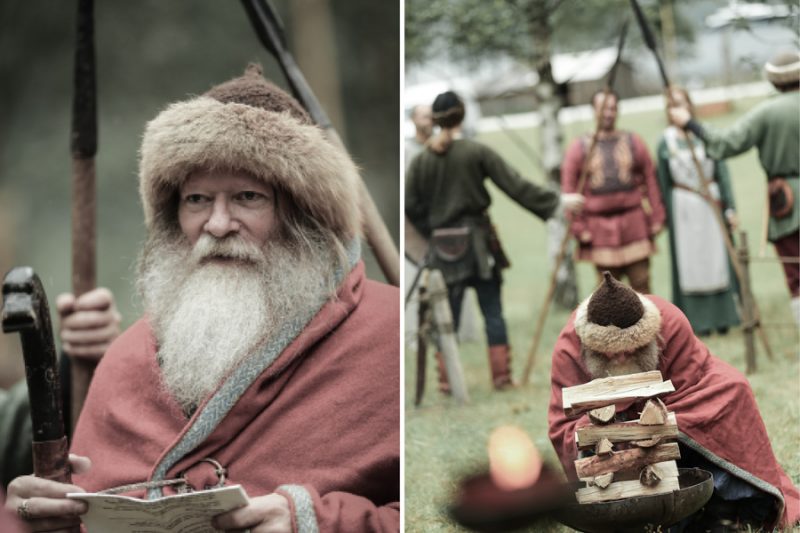When Gustavo married Fanny 4 years ago, he promised he would marry her in every country that they visited together.
Since then they have renewed their vows in India, Miami, Turks and Caicos and Antigua. This time they came to Norway and decided they would have a Viking wedding ceremony in Gudvangen.
More than a thousand years ago, in Gudvangen, Norway, Vikings used to get married by performing a special wedding ceremony with Viking guards and a feast fit for a Viking king.
The photographer Paul Edmundson was there to capture the entire ceremony and created this awesome collection of photos.
As it was the core of the family, marriage was the most important social institution in pagan Scandinavia. A wedding was thus an important transition not only for the couple but also for the families involved. A marriage was a legal contract with implications for, among other things, inheritance and property relations, while the wedding itself was the solemnization of a pact in which the families promised to help each other. Because of this the male head of the family had the final say in these matters. However it is clear from the sagas that the young couple also had a say since a good relationship between the spouses was crucial to the running of a farm. A wedding was a long and collective process subject to many ritual rules and culminating in the wedding feast itself. The procedures had to be followed for the divine powers to sanction the marriage and to avoid a bad marriage afterwards. However accounts in the sagas about the complicated individual emotions connected to a marriage tell us that things did not always work out between the spouse
As a prelude to marriage the family of the groom sent the groom and several delegates to the family of the bride to propose. Here the date of the betrothal was set. This was the first legally binding step between the families, and the occasion was used to negotiate the inheritance and property relations of the couple as well as the dowry (heimanfylgja) and wedding present (mundr) from the groom’s family. Those were the personal property of the bride. Usually the bride’s family were less wealthy than the groom’s, but in most cases the difference was not great. Thus the dowry was an investment by the bride’s family that made it possible for her to marry into a more powerful family.When an agreement on these matters had been reached, the deal was sealed at a feast. These conditions were reserved for the dominating class of freeholders (bóndi/bœndr), as the remaining parts of the population, servants, thralls and freedmen were not free to act in these matters but were totally dependent on their master.
The wedding (brudlaup) was the most important single ritual in the process. It was the first public gathering of the two families and consisted of a feast that lasted for several days. Anything less than three days was considered paltry. The guests witnessed that the process had been followed correctly. The sources tell very little about how a wedding was related to the gods. It is known that the goddess Vár witnessed the couple’s vows, that a depiction of Mjolnir could be placed in the lap of the bride asking Thor to bless her, and that Freyr and Freyja were often called upon in matters of love and marriage, but there is no suggestion of a worship ritual. From legal sources we know that leading the couple to the bridal couch was one of the central rituals. On the first night the couple was led to bed by witnesses carrying torches, which marked the difference between legal marital relations and a secret extra-marital relationship.
All photos Paul Edmundson
